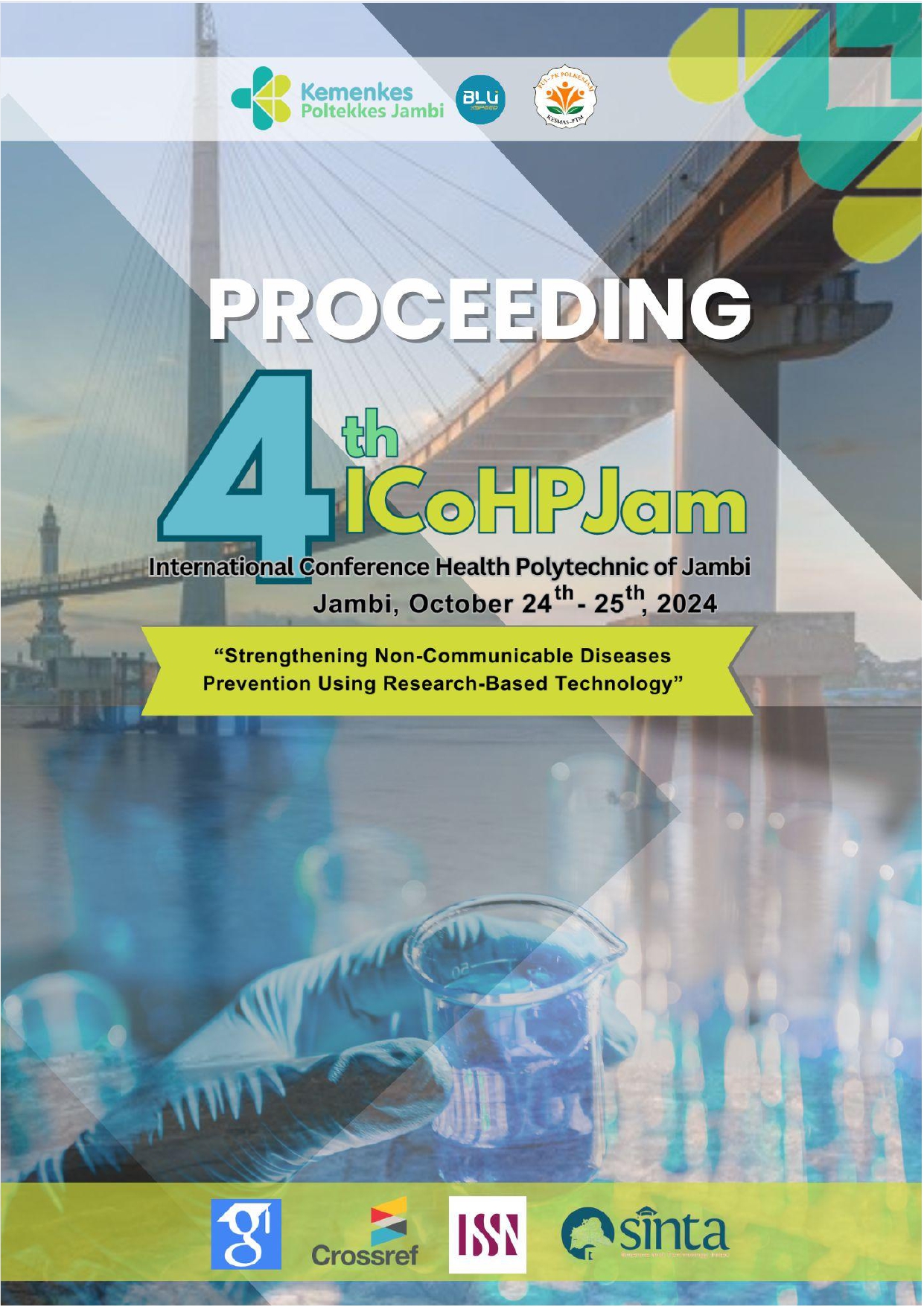Implementation of The E-PPGBM System: An Opportunity or A Challenge
Abstract
Background: Stunting is a chronic nutritional deficiency problem and has an impact on development, cognitive, motor, verbal, higher susceptibility to non-communicable diseases which of course affect productivity as well as become a burden on the country. non-communicable diseases which of course affect productivity as well as become a burden on the country. The prevalence of stunting in Indonesia is still quite high, although Indonesia has succeeded in reducing the prevalence of stunting from 37.6% (2013) to 21.6% (2022). Reducing the prevalence of stunting from 37.6% (2013) to 21.6% (2022). One of the one of the strategies for reducing stunting is carried out through recording and reporting based on the strategy for reducing stunting is carried out through recording and reporting based on the community by accurate nutritional surveillance, so that information on the problems is specific as a basis for considering interventions carried out on target. specific as a basis for considering interventions carried out on target.
Method: This study applies the explanatory trial approach of the CIPP Evaluation Model, which consists of Context Evaluation, Input Evaluation, Process Evaluation, and Product Evaluation.
Result: The results of the study formulate policy recommendations, including loading feedback systematically in the aspect of loading the e-PPGBM database, developing e-PPGBM application features through recording registration templates and determining risk factors, monitoring and evaluating the quality of e-PPGBM data through data analysis techniques, recording e-PPGBM interventions and evaluations, and building a network for utilizing the results of e-PPGBM data analysis as supporting data for planning toddler nutrition programs and interventions.
Conclusion: Optimizing the utilization of Optimizing the utilization of e-PPGBM at various stakeholder levels requires the active role and involvement of the parties, e-PPGBM at various stakeholder levels requires the active role and involvement of the parties, in order to ensure that the processed and produced data can be used as appropriate policy considerations in the community. appropriate policy considerations in the community.



